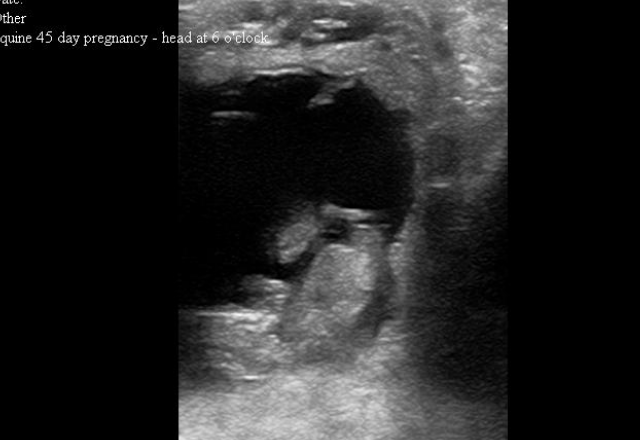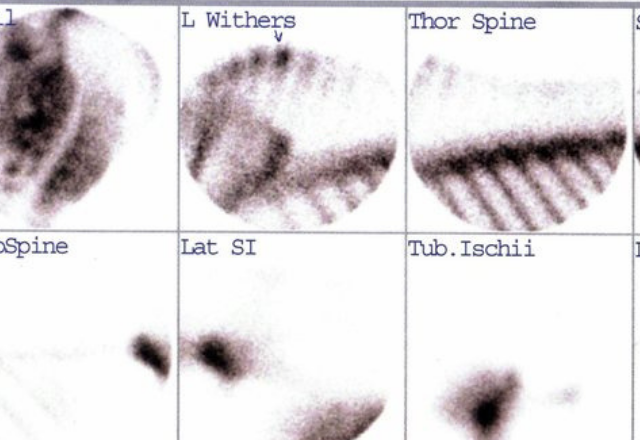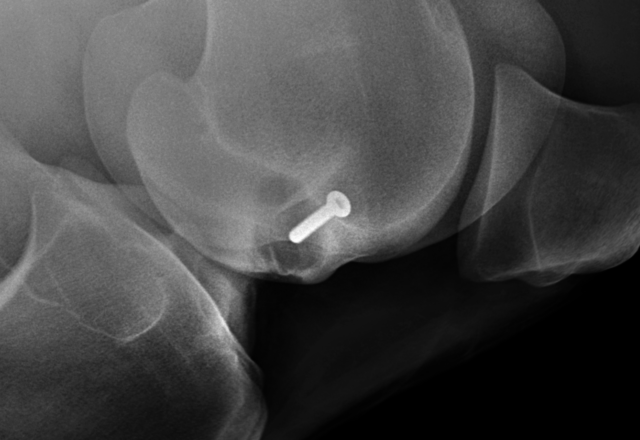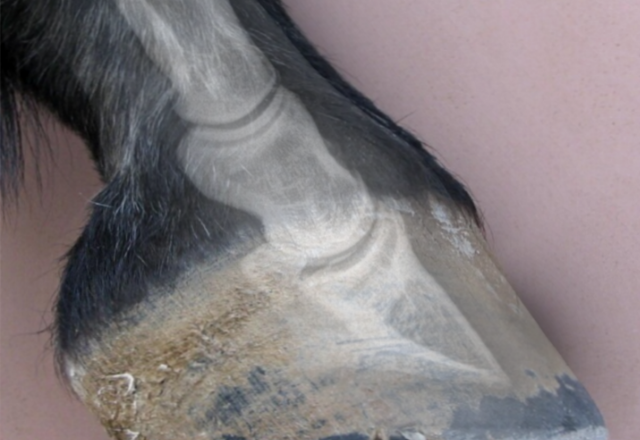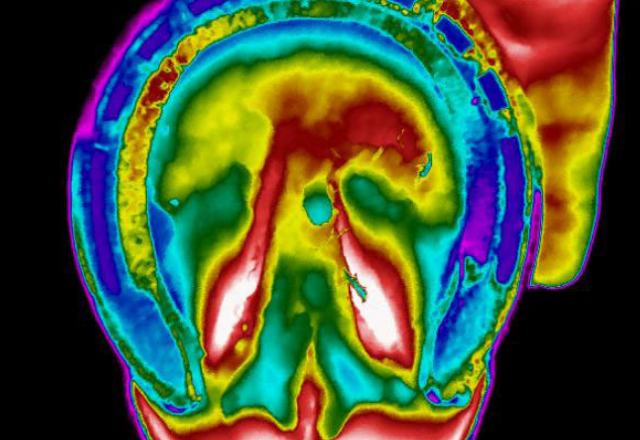Ultrasonography
Ultrasound is a specialized imaging technique that uses inaudible sound waves to create an image of soft tissue structures. It is one of our most frequently used non-invasive diagnostic tools.
Find out moreNuclear Scintigraphy
Nuclear Scintigraphy, or bone scanning, pinpoints areas of bone and in some cases soft tissue pathology due to injury. It is used, most commonly, in difficult lameness investigations to detect specific regions of the limbs that are resulting in lameness.
Find out moreInertial Motion Detector System
The Lameness Locator enables the veterinarian to objectively measure lameness in horses with non-invasive inertial sensors. The system provides an analysis that indicates whether the horse is lame, the severity of the lameness, the limb or limbs involved, and the part of the motion cycle at which peak pain is occurring.
Find out moreIn House Laboratory
At The Equine Center two in-house laboratories provide hematology, blood chemistry and microbiological services.
Find out moreHospital Services
Our hospital is prepared and equipped to service any equine medical need. Whether it be emergency, diagnostic, neonatal, preventative, rehabilitative or reproductive care, we are available to meet your horse’s needs.
Find out moreVideo Endoscopy
The Equine Center has an extensive range of video endoscopes, with sizes suitable for the smallest foal and the largest horse.
Find out moreDigital Radiography
The state-of-the-art digital radiography systems at The Equine Center are powerful, high speed x-ray machines that make it possible to image difficult body parts such as the neck, chest, and pelvis of large adult horses.
Find out morePodiatry
The Equine Center works closely with local farriers to provide the very best hoof balance and shoeing techniques for your horse. We are able to give these talented farriers x-ray vision to enhance the accuracy and specificity of their corrections.
Find out moreThermography
Thermography is a great non-invasive physiological imaging tool that can detect areas of inflammation and changes in blood flow in the horse. Equine infrared imaging can detect musculo-skeletal injuries several weeks before they are visually detectable.
Find out more
